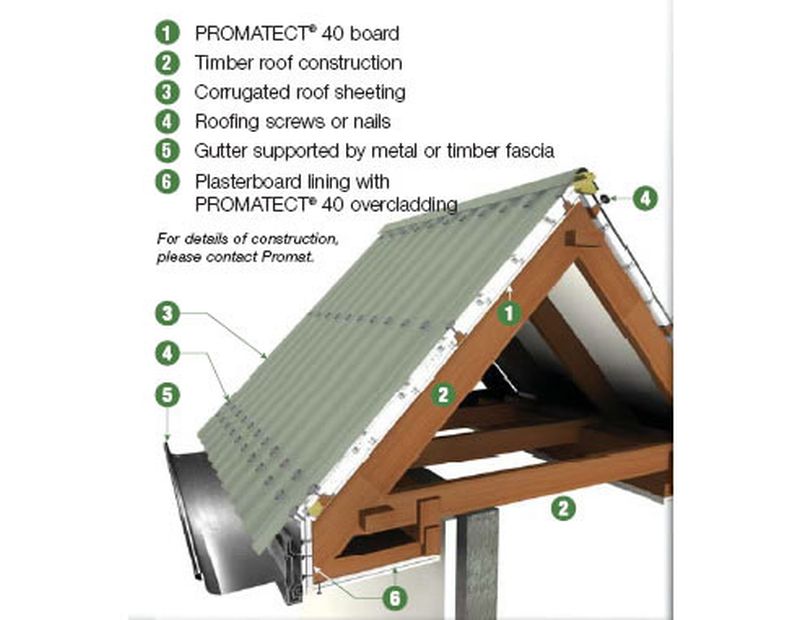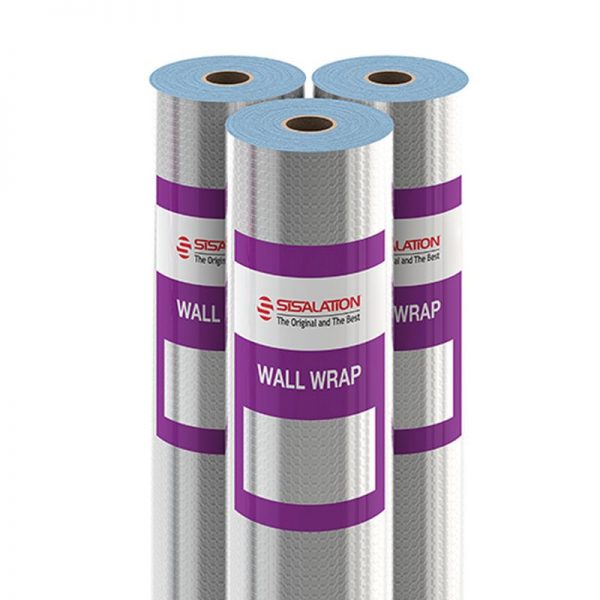Fires are one of the primary reasons that homeowners have to rebuild their living space. The chances of surviving fires are greatly increased by using different fireproof house materials in construction. The most important way of surviving from these fires is to understand how different fires attack the houses. For example, indoor fires that start from the embers of a cigarette butt are slow-growing in nature.
The design safety of a building is determined by its ability to withstand the effects of the fire. On the other hand, an external fire takes only seconds to reach peak temperature, fuelled by the wind. It passes through the houses soon enough, but not before secondary fires are started on several spots. The impact of this kind of a fire is more severe than the internal one. Hence using fireproof house materials for construction becomes important.
Some tips for use of different fireproof house materials:
1. How to fireproof your home from wildfires by installing ignition resistant roofs:

Image Source : spec-net.com.au
The main conduit of the secondary fires is the tiny openings are cracks in tiled Spanish-style roofs. This makes it convenient for the winds to blow the embers inside the attic. Fire-stopping the individual tiles on a tiled roof might be a possibility. But choosing fireproof tiles and interlocking roofing materials to be installed over fire-resistant sheets is the safest way. Consulting an expert on the materials for construction can be a good idea in such a case. They would be able to give an estimate regarding how much ballast or gravel should be used for protection purposes.
2. How to fireproof your property by using fireproof wallpaper to protect the walls:
With smart homes becoming a reality, scientists around the world are in search of smart wallpapers. These wallpapers are multi-functional and are capable of resisting flames, as well as detecting fires. These wallpapers have been manufactured from fire-resistant paper made of inorganic materials. They are also fitted with a network of heat-sensitive sensors connected to nanowires.
Under high heat exposure, these sensors conduct electricity through the nanowires and set off an alarm. This signal is equipped to alert both the occupants of the home as well as the local fire authorities. It takes a temperature of about 260°F (126.9°C) to ignite the sensors within two seconds of exposure. They still continue working for about five minutes after the house has been engulfed by flames. These kinds of wallpaper also come in attractive colours and have beautiful patterns on them. Hence they add to the stylish decor.
3. How to fireproof your property by using fire resistant glass for doors and windows:

Putting in adequate sources of light and air through windows and doors is important. Yet glass that comes in contact with the heat of the flames can become hot and crack. These broken windows are the most vulnerable points of entry of fires. Hence it is imperative to use fireproof house materials for making windows and doors.
Dual-paned glass windows are quite useful for this purpose. It takes twice the time for fire to break dual-paned glass than normal glass windows. Tempered glass is another substitute since they are already heat-treated and a lot stronger than normal glass. Glass blocks can also be used for providing light although they do not provide visibility. Metal wire reinforcements around tempered glass forms wired glass which is the best substitute. Steel frames should ideally be used for making the window frames.
4. How to fireproof your home from wildfires by using concrete as a building material:
One of the most versatile fireproof house materials includes concrete which is extremely fire-resistant. Concrete is highly thermal resistant and it takes a long time for the fire to break down its structure. It is also non-combustible. This means that it prevents the fire from spreading fast. Often, concrete is used to reinforce steel to protect it from fire.
Though, it is quite important to keep in mind that concrete is made of cement mixed with aggregate. The composition of these aggregate materials or fillers can vary and may contain some combustible materials. Thus the exact amount of resistance exhibited by the concrete depends on the volume and nature of aggregate used. Synthetic aggregates work as better heat resistant materials than natural aggregates. Concrete also gains importance while creating fireproof house designs through its use as a roofing material.
5. Using a form of heat resist wrap to protect your house from fires:
 Protective material is now available that can be used to wrap architectural monuments and buildings. This kind of material resembles aluminium foil in appearance – more like materials used for making fire shelters. This is a thicker material with flame-retarding properties which is good at controlling the heat. This material needs to be fastened to a place by using special kinds of staples and tapes.
Protective material is now available that can be used to wrap architectural monuments and buildings. This kind of material resembles aluminium foil in appearance – more like materials used for making fire shelters. This is a thicker material with flame-retarding properties which is good at controlling the heat. This material needs to be fastened to a place by using special kinds of staples and tapes.
Being secured ensures that the preventive coat would not be blown away by the wind. Although the material is not that expensive, it takes a tremendous workforce to fasten it. Also the building to which it is fastened needs to be evacuated before the work starts. One thing that has to be considered is that the material though frame-retarding, is not fireproof. This makes it not fully sufficient for use in making fireproof house designs.
6. Using flame retardant plants for protecting your home from wildfires:
One of the most unconventional fireproof house materials that can be used are plants. Considering that often plants are the cause of wildfires, it is surprising how they can be used to stop wildfires. But it has been proven that some native plants can actually thwart fire and stop it from spreading. Some examples of these include buckwheat, lemonade berry, oak, manzanita, woolly blue curl and yucca. Most drought-prone areas are prone to wildfires. Hence these slow-burning plants can be planted in drought-prone areas to thwart the spread of wildfire. Hence, proper cultivation of native plants can be used as a solution for thwarting fires.




